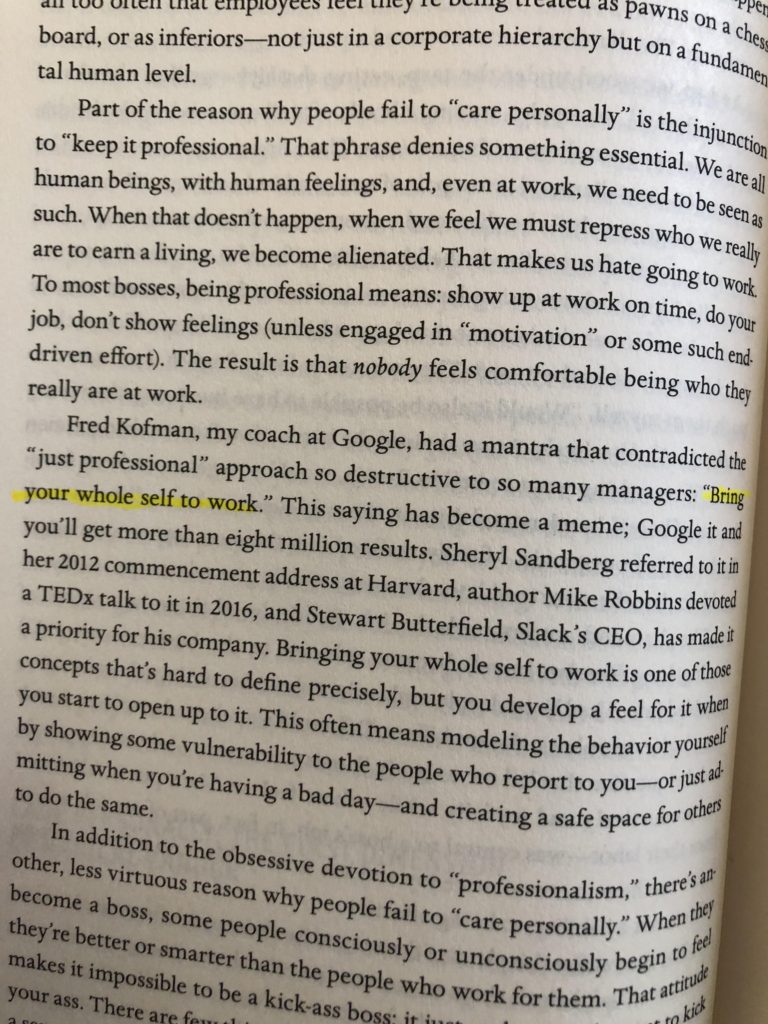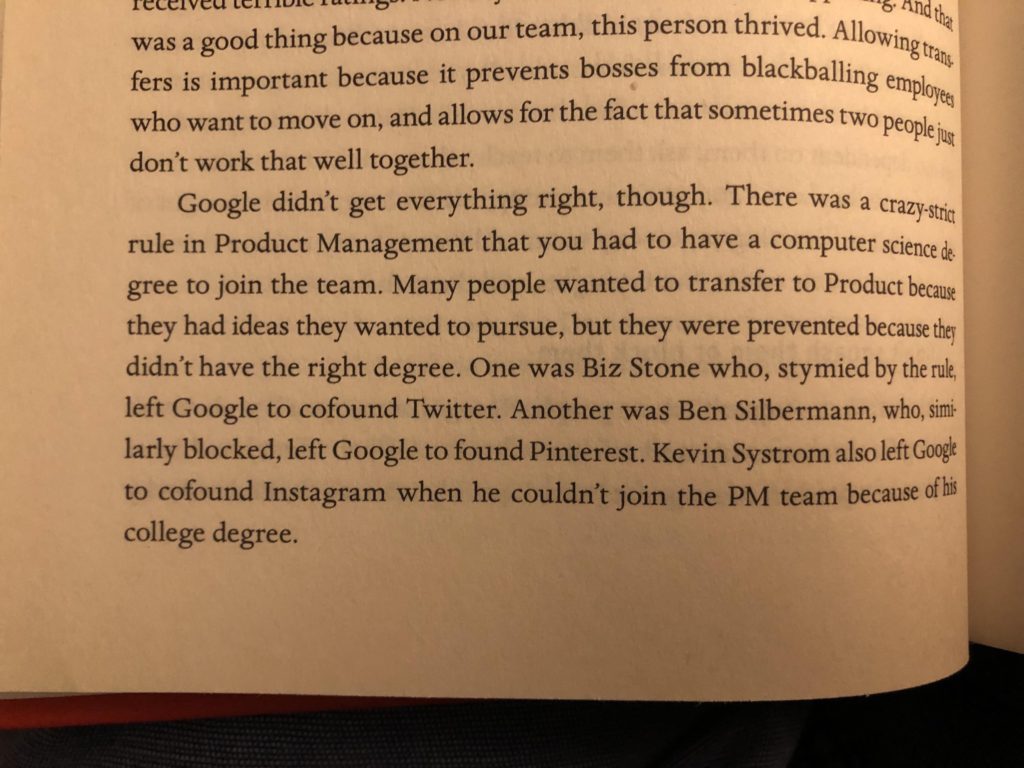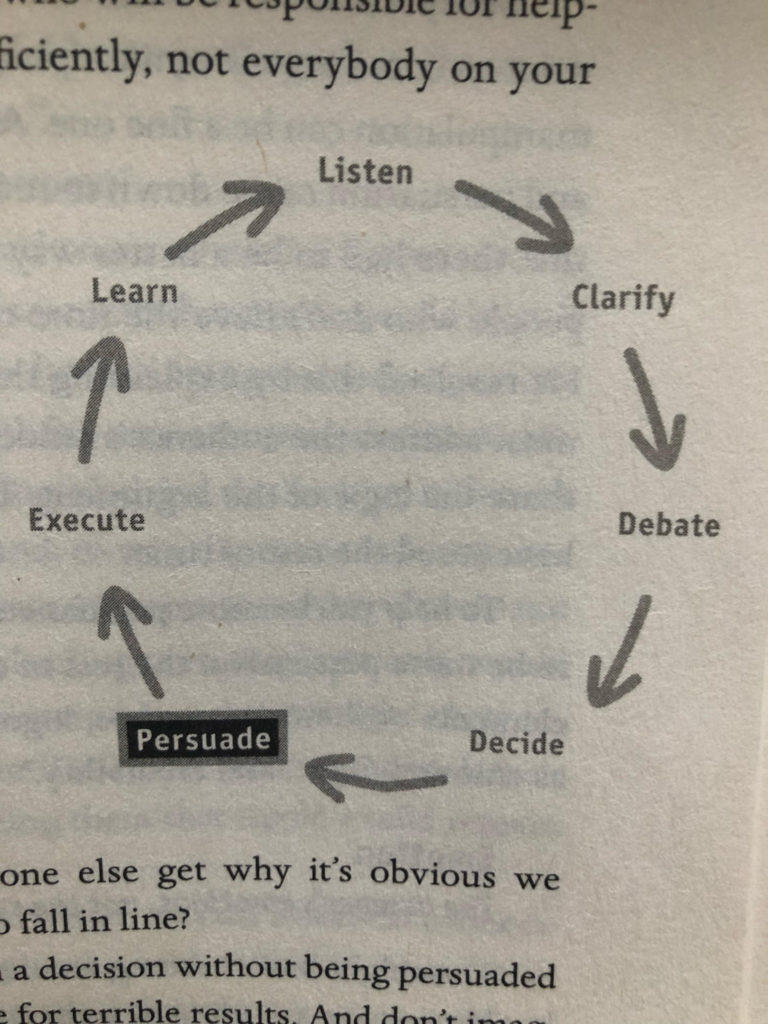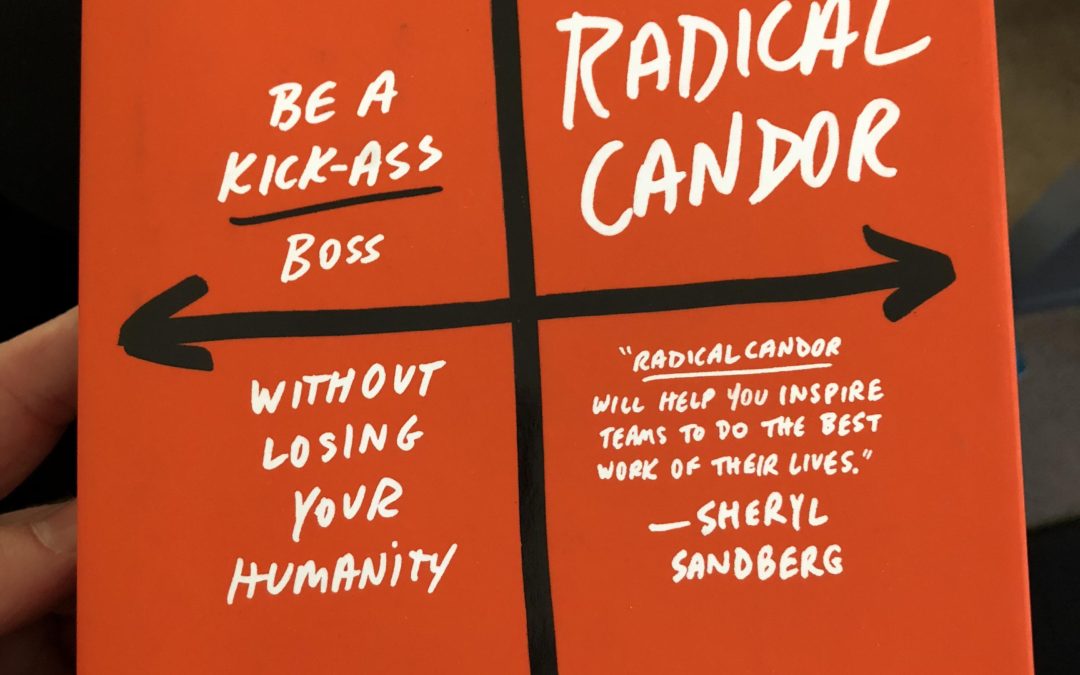Bring your WHOLE SELF to work. Say what? That’s right! Open up to it and go beyond “just professional”. Model the behavior yourself by showing some vulnerability to the people who report to you – or just admitting when you’re having a bad day – and creating a safe space for others to do the same. Only when you actually care about the whole person with your whole self can you build a relationship. Caring personally is about acknowledging that we are all people with lives and aspirations that extend beyond those related to our shared work.

Criticism
Start by ASKING for criticism, not by giving it. Don’t dish it out before you show you can take it. If a person is bold enough to criticize you, do not critique their criticism. As a leader, your job is to listen with the intent to understand, and then to reward the candor.
Build a culture:
1. Allow others to challenge you, and be aware.
2. You’ll learn a lot – few people scrutinize you as closely as do those who report to you.
3. The more first-hand experience you have with how it feels to receive, the better idea you’ll have of how your own guidance lands for others.
4. Asking for criticism is a great way to build trust and strengthen your relationships.
?Read this last paragraph below (in the image). Google does most things great, but here’s an example where they LOST incredible talent because of a crazy strict rule that you had to have a computer science degree to move into Product Management. ?
⚠️ Don’t create stupid rules that lead your superstars to leave. Provide them ample room to thrive.

Just get it done!
Just get it done. But…. Avoid the impulse to just dive in. Be methodical but lay the groundwork… and then get familiar with the GSD (get stuff done) wheel. Listen Clarify Debate Decide Persuade Execute Learn
Let’s focus on listening ?.
“Give the quiet ones a voice.” – Jony Ive, Apple chief designer
Creating a culture of listening is hard.
The keys are:
1. Have a simple system for employees to use to generate ideas
2. Make sure that at least some of the issues raised are quickly addressed
3. Regularly offer explanations as to why the other issues aren’t being addressed.
You have to agree to let them ask you for some help, and to champion the system enthusiastically. Define clear boundaries of how much time you can spend – and then make sure that time is impactful.
“Be loud.” – Eric Schmidt, Google CEO
Loud listening was the methodology of Steve Jobs. He didn’t just challenge others, he insisted they challenge him back.

Give a damn!
You can’t give a damn about others if you don’t give a damn about yourself. ✅ Read that again.
Trust in business (largely with your direct reports) comes from staying centered. Figure out that “recipe” to stay centered and stick to it. Be relentlessly insistent on work/life integration… it’s not a zero sum game. Start by showing up for yourself. Put the things you need for yourself on the calendar ? and don’t blow it off anymore than you would a meeting with your boss.
How do I balance and maintain high performance? See my article.
The best way to GUIDANCE in fifteen seconds. Print this out and put it next to your desk. Explain the framework to your team and then ask them to gauge your guidance each week. Evaluate if you are moving towards radicalcandor by placing little stickers on it.
Were you harsh? Obnoxious aggression
Did you pull your punches? Ruinous empathy.
Did you dish out too many meaningless “good job”s? Ruinous empathy.
Did you tell them they did a good job but then told somebody else they did a bad job? Manipulative Insecurity.
Leave your EGO at the door, and get some amazing feedback from your team. That’s your duty! Drive results. ? What #leadership systems are you using?


In conclusion, Radical Candor by Kim Scott was a fantastic book on leadership and I’m so happy as I chose it as my 1st book of the year, with my goal of reading 1 book/week.
As Sheryl Sandberg says, “Radical Candor will help you inspire teams to to the best work of their lives.” Be a kick-ass boss without losing your humanity.
